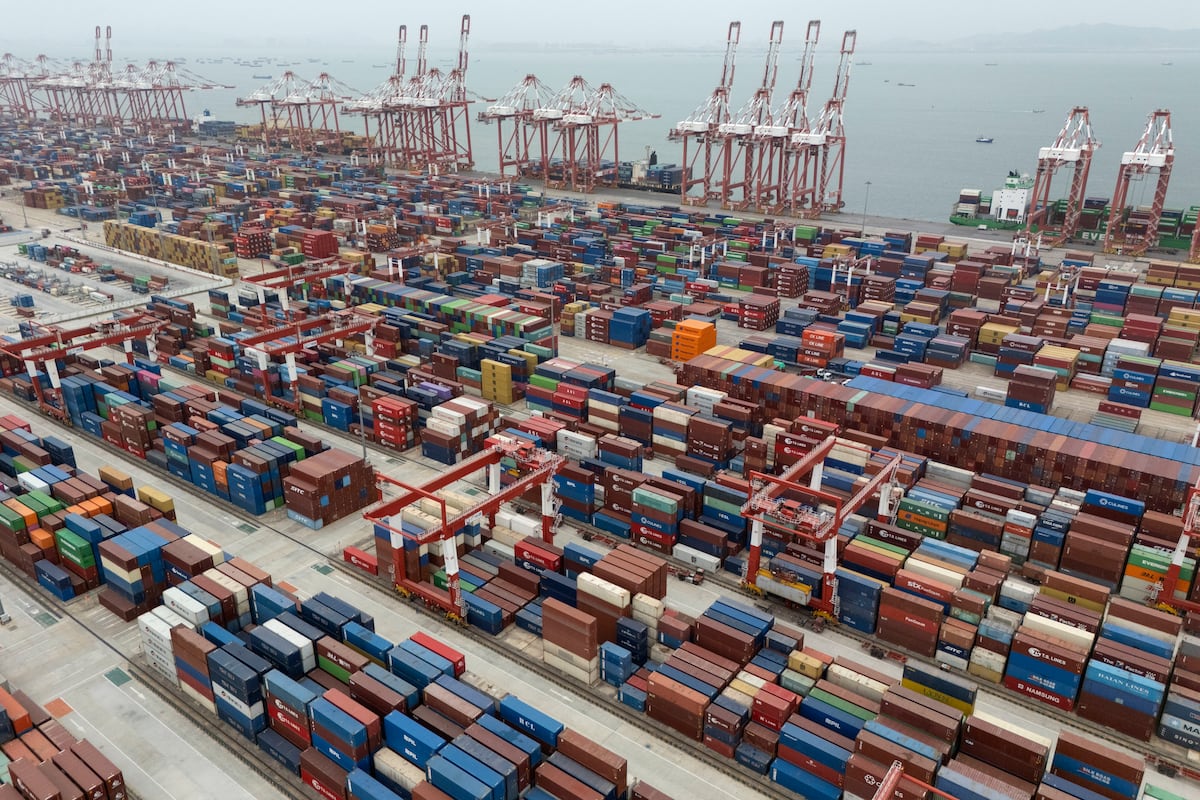In the event of a conflict between the United States and China, a significant discussion has emerged regarding the U.S. Army’s potential role. While air and naval forces would likely lead operations across the Pacific, the Army possesses advanced long-range missiles that could target Chinese territory, particularly its vital ports. This capability raises critical questions about the strategic implications of such actions and their impact on both the global economy and post-conflict relations.
The U.S. Army has developed several long-range munitions, including the Precision Strike Missile, the Typhon Strategic Mid-Range Fires system, and the Dark Eagle Long-Range Hypersonic Weapon. These missiles can strike targets between 1,000 and nearly 3,000 kilometers away. Given their strategic importance, Chinese ports could become primary targets for U.S. strikes during a conflict, as they are essential for supporting the Chinese fleet, enabling amphibious operations against Taiwan, and facilitating trade.
However, Captain Micah Neidorfler of the Army National Guard presents a counterargument in his recent essay for Military Review. He cautions against targeting Chinese ports, suggesting that preserving these maritime infrastructures during conflict could be more beneficial. Neidorfler argues that damaging ports could severely disrupt global trade, including U.S. economic interests, which are closely tied to Chinese manufacturing and exports. He points out that a significant portion of the global economy relies on China’s industrial capabilities.
Neidorfler highlights the complex nature of ports, which have many vulnerable components such as cranes, piers, and storage facilities. He advocates for a strategy that focuses on temporarily disrupting these components without causing long-term damage. This approach would allow for a quicker return to normal maritime trade post-conflict and limit the escalatory nature of targeting ports.
As discussions about the Army’s potential contributions to a U.S.-China conflict unfold, Neidorfler notes that analyses of military strategies have often overlooked the Army’s capabilities. He emphasizes that recent Army focus areas include command and control, sustaining joint forces, and providing air defense, alongside traditional maneuver units.
The prospect of attacking Chinese ports remains contentious. With China possessing the world’s third-largest nuclear arsenal, any decision to target its cities or infrastructure may ultimately be more political than military. Neidorfler proposes an alternative strategy: seizing Chinese-owned ports in third-party nations. This could serve as leverage in negotiations or prevent these ports from being used for military purposes. According to a 2024 estimate, Chinese companies are involved in 129 port projects globally.
While Neidorfler believes that capturing lightly defended Chinese overseas infrastructure is feasible, he acknowledges potential political complications. Seizing foreign assets could raise sovereignty issues, and unilateral action by the United States may not be well-received, particularly among nations in the Global South. He suggests that collaboration with local militaries may be a more realistic approach to such operations.
However, experts like Lonnie Henley from the Foreign Policy Research Institute express skepticism about the feasibility of these strategies. Henley argues that authorization for military action against Chinese ports is uncertain and highlights logistical challenges related to deploying and sustaining Army forces in a conflict zone. Furthermore, he questions the added value of the Army’s missile capabilities when the U.S. Air Force and Navy already possess substantial missile arsenals.
Neidorfler admits that advocating for the preservation of enemy infrastructure is not an intuitive military strategy, given the Army’s traditional focus on decisive victories. Nevertheless, he contends that any conflict between the U.S. and China is likely to conclude with a negotiated peace, making it imperative for the Army to consider long-term implications. “If the U.S. Army is truly preparing for a conventional war, it must recognize that any settlement must be mutually acceptable for it to last,” he concludes.
As the dialogue surrounding the Army’s role in a potential U.S.-China conflict continues, the balance between military strategy and economic pragmatism remains a critical consideration. The complexities of modern warfare demand a nuanced approach that integrates both military objectives and the broader implications for international trade and relations.
